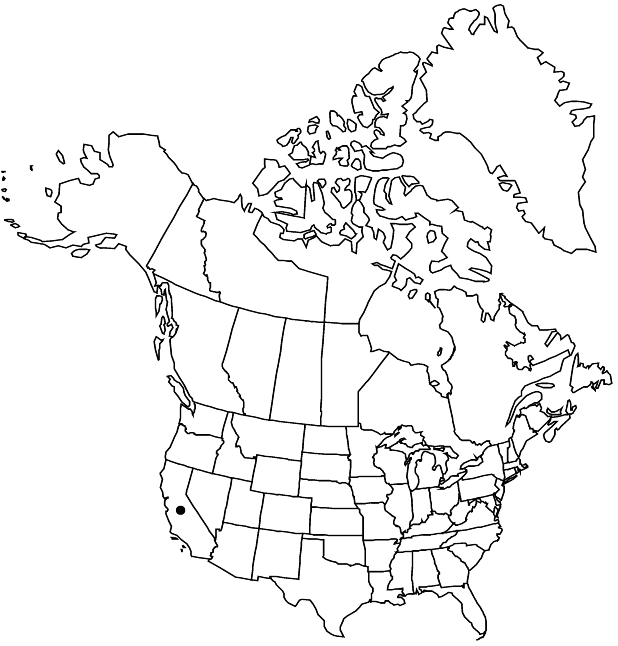Difference between revisions of "Dudleya palmeri"
New N. Amer. Crassul., 24. 1903 ,.
FNA>Volume Importer |
imported>Volume Importer |
||
| Line 7: | Line 7: | ||
}} | }} | ||
|common_names=Palmer’s liveforever | |common_names=Palmer’s liveforever | ||
| + | |special_status={{Treatment/ID/Special_status | ||
| + | |code=E | ||
| + | |label=Endemic | ||
| + | }} | ||
|basionyms={{Treatment/ID/Basionym | |basionyms={{Treatment/ID/Basionym | ||
|name=Cotyledon palmeri | |name=Cotyledon palmeri | ||
| Line 51: | Line 55: | ||
|publication title=New N. Amer. Crassul., | |publication title=New N. Amer. Crassul., | ||
|publication year= | |publication year= | ||
| − | |special status= | + | |special status=Endemic |
| − | |source xml=https:// | + | |source xml=https://bibilujan@bitbucket.org/aafc-mbb/fna-data-curation.git/src/bb6b7e3a7de7d3b7888a1ad48c7fd8f5c722d8d6/coarse_grained_fna_xml/V8/V8_385.xml |
|genus=Dudleya | |genus=Dudleya | ||
|subgenus=Dudleya subg. Dudleya | |subgenus=Dudleya subg. Dudleya | ||
Revision as of 00:11, 28 May 2020
Caudices somewhat branched apically, (cespitose), to 20 × 1.5–4 cm, axillary branches absent. Leaves: rosettes 12, in clumps, 20–30-leaved, 10–20 cm diam.; blade green, oblong to oblong-oblanceolate, 5–20 × 1.5–5 cm, 3–7 mm thick, base 2–4 cm wide, apex acute to subacuminate, surfaces sometimes farinose, not glaucous. Inflorescences: cyme mostly 3-branched, obpyramidal to cylindric; branches not twisted (flowers on topside), simple or 1–2 times bifurcate, (3–7 cm diam.); cincinni 1–3, 7–14-flowered, circinate, 3–7 cm; floral shoots 15–65 × 0.4–1.1 cm; leaves 15–50, spreading, triangular-ovate, 15–30 × 10–20 mm, apex acute. Pedicels erect, not bent in fruit, 2–4(–10) mm. Flowers: calyx 6–7 × 4–8 mm; petals connate 1.5–2 mm, red or bright yellow marked with red and thus appearing orange, 11–16 × 3.5–5 mm, apex acute, tips erect; pistils connivent, erect. Unripe follicles erect. 2n = 136, ca. 170, ca. 238.
Phenology: Flowering late spring.
Habitat: Cliffs and rocky slopes near coast
Elevation: 0-100 m
Discussion
Dudleya palmeri occurs on slopes and cliffs from the Santa Lucia Mountains in Monterey County to the Santa Monica Mountains in Los Angeles County. The populations grouped together, somewhat arbitrarily, as D. palmeri are high polyploids at three levels, on the fringes of the D. cespitosa complex, with wide leaves and red to orange corollas.
Selected References
None.
